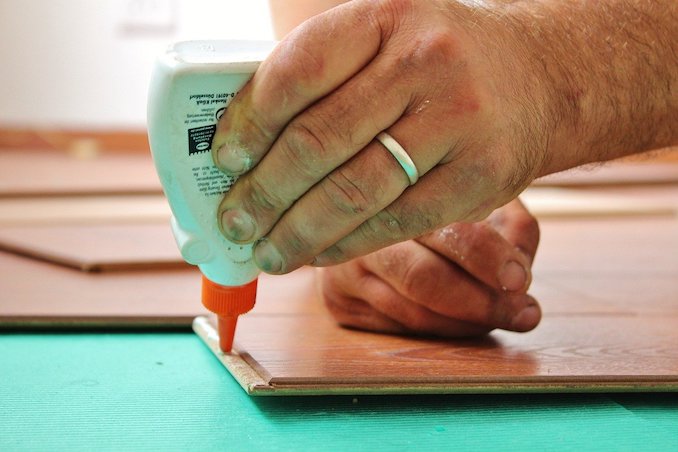Adhesives are indispensable. We use them to bond items, fix holes, and even decorate objects. However, using glues comes with several risks. But you can avoid harming yourself while working with adhesives by handling the bonds carefully and following safety procedures.
Your projects may not turn out well if you don’t know the correct way to use adhesives. This article will provide important tips you need to create awesome glue crafts and stay safe while using adhesives.

1. Avoid Letting Your Glue Freeze
Letting your glue freeze can destroy it, even if it’s only getting thawed for the first time. During winter, store your glue in a cool space and keep it at room temperature.
2. Apply Evenly
Always apply your adhesive in an even pattern. Clean off any excess you find immediately after you finish applying the glue.
3. Cover Your Glue Container Immediately After Use
Close your glue container immediately after you finish applying the adhesive. This will maintain the performance of your bond and also help it last longer.
4. Store Your Carpenter’s Glue in a Mustard Bottle
Your carpenter’s glue comes in a decorated dispenser. However, using your glue directly from these dispensers will clog their outlet.
In contrast, mustard bottles rarely get blocked when you use them to apply glue. Transfer your carpenter’s glue from its dispenser to a mustard bottle. Regardless of the project, the easy application allows you to fix it your way.
5. Rough up Your Surfaces Before Application
If you want your glue to stay longer on DIY projects, you can roughen up the surface you want to glue with sandpaper before applying the adhesive. Cleaning the surface with isopropanol will also increase the strength of the glue.
6. Apply Pressure When Gluing Metal
When using adhesives, each material requires a different procedure. Metals are solid materials. As such, you must apply pressure when putting glue on metal if you want to create a strong bond. Use a clamp to hold the metal pieces together when spreading the adhesive between them.
Don’t remove the clamp immediately after you finish applying the adhesive. Wait until the glue is completely dry, or you may end up with a weak bond.
7. Ensure Proper Ventilation
Many adhesives contain toxic fumes. Users might inhale these poisonous fumes if the ventilation in their environment is inadequate. That said, workplaces that use adhesives regularly must install air filtration equipment in their surroundings to facilitate proper ventilation.
8. Use Protective Clothing
Household adhesives have low toxic content, so you can use them without wearing any safety equipment. In contrast, some bonds are highly harmful. As a result, users need protective clothing to safeguard themselves against the toxic elements in these glues. Such protective equipment includes:
- Latex gloves
- Dust masks
- Safety glasses
9. Wash Your Hands and Eyes If You Come in Contact with Adhesives
If your exposed skin ever comes in contact with adhesives, wash them immediately after applying the glue. Wash your hands with soap and water. After drying your hands, you’ll also need a skin moisturiser to remove any remnants of the adhesive.
If the exposed area is one of your eyes, you must wash them both in running water for about 10 minutes. After washing your eyes, cover them up with a bandage. Consult an eye specialist for medications that will help your eye heal faster.
10. Read the Manual in Your Glue Package for More Safety Instructions
Some glues have specific hazards, which are often documented in their manuals. Browse the manual to find recommendations on ventilation, handling and durability. You can also try out the adhesives on scrap materials before using them on actual projects.
Have you ever had issues using adhesive on a project? Let us know how you resolved it.

